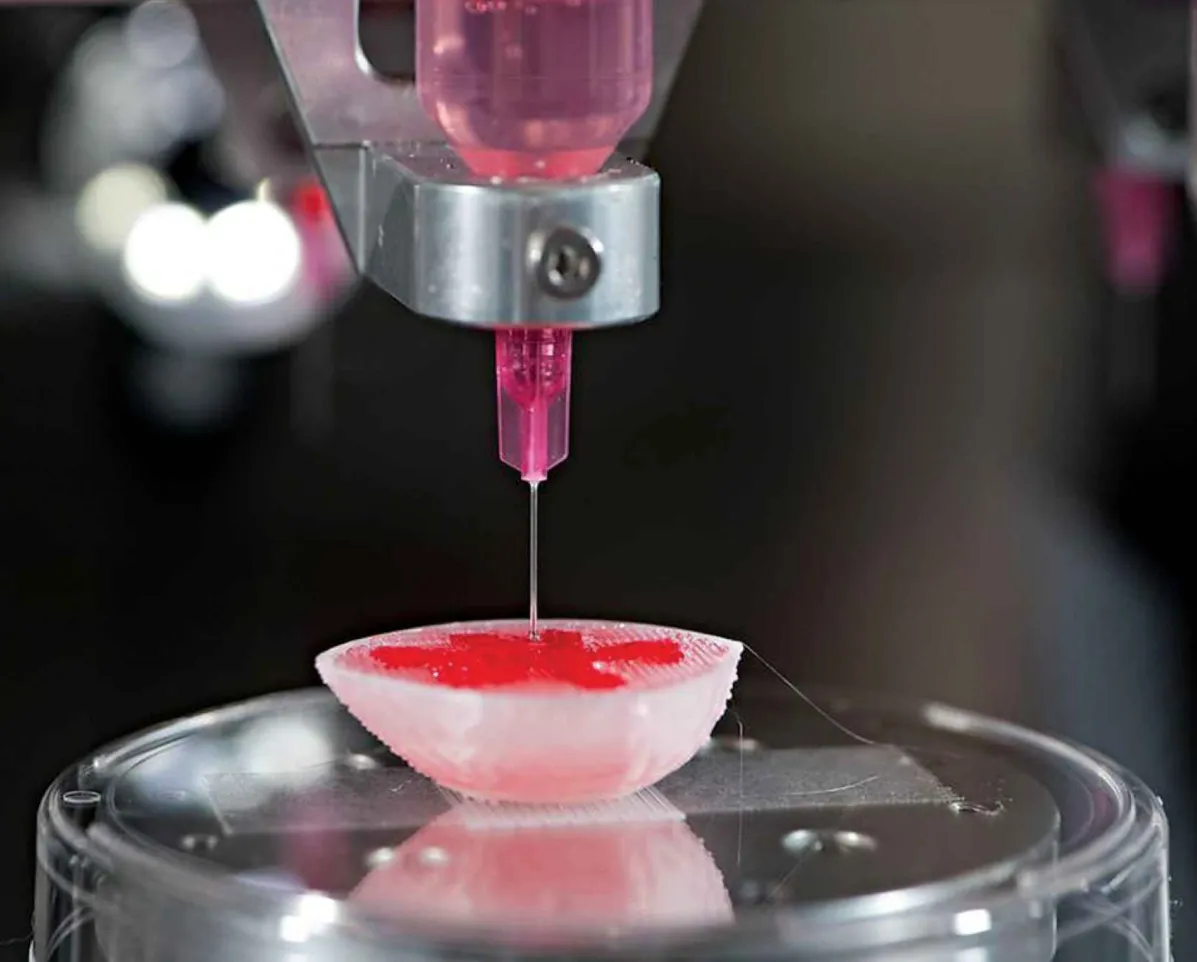
When we speak of stem cells we forget one thing, the newly fertilized zygote is by definition the stem cell of all stem cells, with a unique ability to regenerate tissues.
Animals like the Axolotl (Ambystoma mexicanum), something like a newt, has the incredible ability to regenerate large body parts. The potential regeneration of our body is also great and the stem cells have the potential to pick up signals from different tissues and differentiate themselves in what the environment tells them they should be through a process of differentiation towards their destination as a somatic cell.
Stem cells have the ability to divide, so in the process of differentiation they expand and colonize the tissue with new cells. The ability to make 3D cultures of stem cells favors the efficiency and effectiveness of the study of their biology since it's more similar to its natural environment.
Bioprinting tissue
This technology allows the creation of 3D structures without geometrical limits, both outside and inside, this allows cells to recreate in a microenvironment favorable to their own environment.
Nowadays we also have the capacity to place these cells where we want, being able to design by ourselves the microenvironment that we want too. The development of new biomaterials that sustain the production of structures that are implanted and biodegrade in the body, while stimulating the regeneration of tissue implanted with stem cells, will be the way that will allow this type of therapy to be linked to the natural environment.

